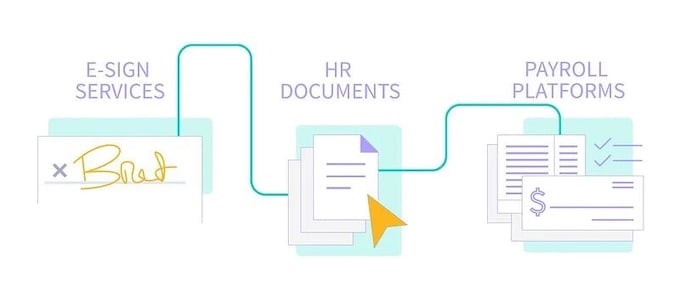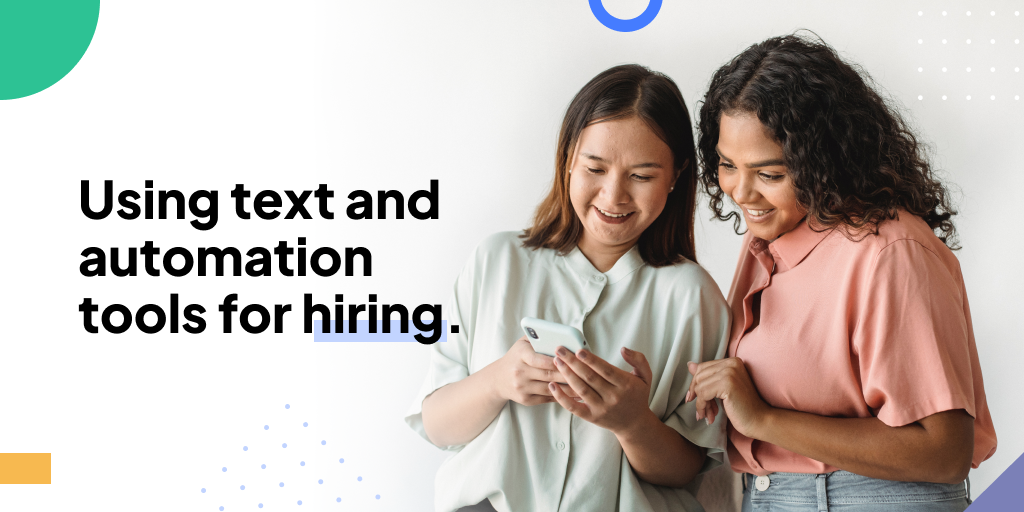It was announced last August that Google Hire, will be shut down this coming September (September 1, 2020, to be exact!). This gives your company a little over 3 months to transition to another hiring management platform, lest you fall back on stuffed inboxes and messy spreadsheets. So let’s examine why Google Hire was popular, and why Workstream is the natural next move for businesses who want a similar hiring experience.
Ease of Use
Almost all Google Hire users agreed that the hiring platform was easy to use, and we know from experience how important simplicity is to busy hiring managers and business owners. It doesn’t really matter how powerful an app is if it’s just tedious or too complicated.
Google Hire nailed ease of use, but a large part of that was because it was light on features. Users agree that it covered the absolute basics of a hiring platform: posting to job boards, tracking applicants, and managing the hiring funnel. However, for its short life, Google Hire didn't really add many features to keep it competitive with other products on the market.
Workstream was built from the ground up with ease of use at the forefront of user experience, while still providing a robust and expanding feature set. In fact, the goal is to have the manager barely enter the system at all. Using automations such as scheduled text messaging, interview reminders, and AI-enabled screening, users can spend less time managing hiring while still getting better results.

But unlike Google Hire, Workstream doesn’t sacrifice features for simplicity. Even though the user interface is extremely intuitive, there’s seamless integrations of features Google didn’t have, including candidate scoring, smart screening questions, more job board integrations, and even onboarding (more on this later).
If you liked the simplicity of Google Hire, Workstream is just as simple and even more powerful.
G Suite Integration
This is a no-brainer. Many small and medium sized businesses run on G Suite and that made Google Hire a logical choice due to its close integration with Gmail, Google Calendar, and Google Sheets.
But that sort of close integration also leaves many businesses out: businesses that use Microsoft’s suite of products, and businesses that use Apple’s. In fact, there were reports that Google Hire would only properly work on the Google Chrome browser and even on Hire’s own help page, it showed that some features wouldn’t function on Safari on iOS.
Workstream’s platform isn’t tied to any one tech giant which means any business can utilize all of its features. Missing G Suite? We’ve got you covered with Google Calendar integration, and you can of course use Gmail for emailing, and export files to be viewed in Google Sheets.
Onboarding
Google Hire stopped short of the most important aspect of recruiting: the actual hiring. No candidate ever becomes a real employee without actual documentation signed and delivered. While Google Hire helped businesses get to the finish line, it couldn’t handle crossing it.
Onboarding is a crucial step to complete the hiring process. Glassdoor showed that a strong onboarding process can increase retention by 82%. That’s why Workstream developed a slew of onboarding features that can put your new relationship with your hire on the best possible terms.

For instance, hiring managers can automatically take care of important paperwork including offer letters, W-4 forms, and more. Workstream also offers options to kick off mobile training by sending new hires handbooks and training videos, as well as reminders to complete their training.
Hiring doesn’t end with just a virtual handshake. A robust hiring platform like Workstream can guide you through your new employee’s first day and beyond.
Google Hire users can get a free demo of Workstream to see if our platform will fit your hiring needs. Click here to schedule an appointment with our team today.






